Cold climate gardening can be challenging, especially in Zone 3, where temperatures can drop as low as -40°F.
However, with a bit of research, planning, and careful selection of plant varieties, you can create a thriving garden that can withstand the harsh winter conditions in your area.
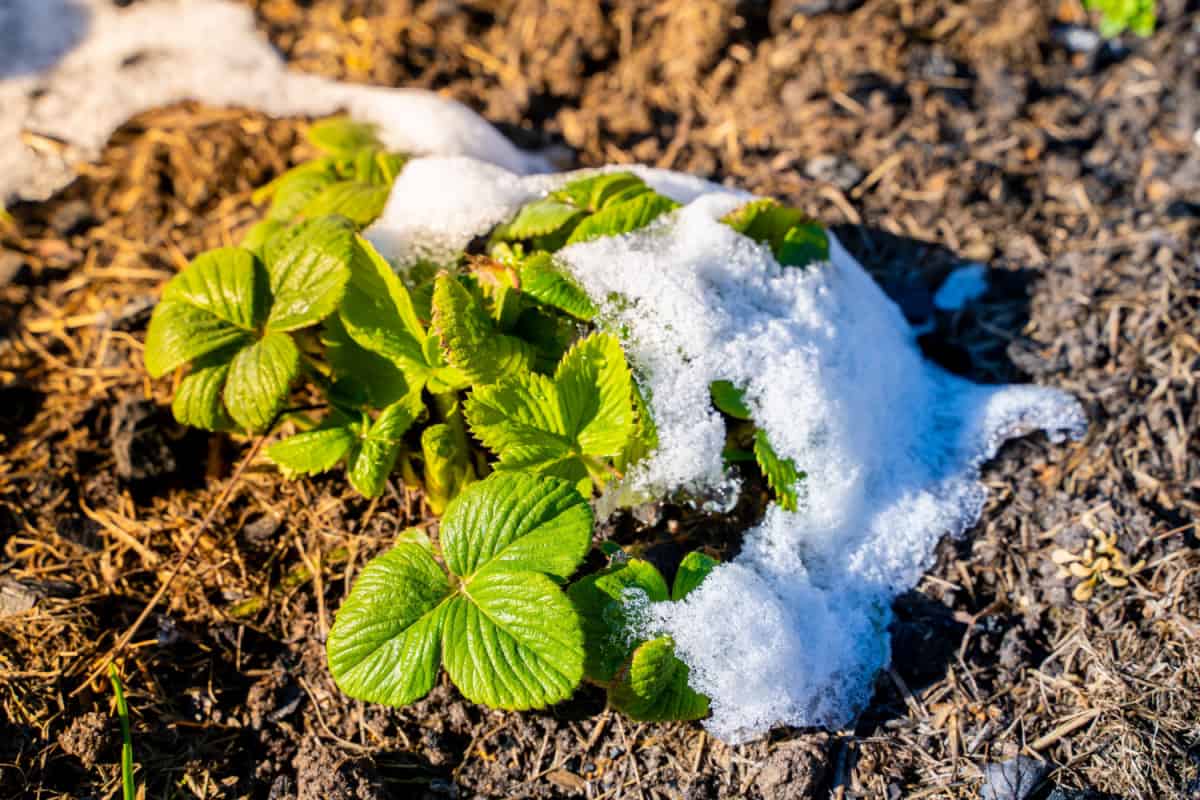
For instance, choosing hardy, cold-tolerant plants is essential for a successful Zone 3 garden.
Also, creating microclimates within your garden space can optimize your garden's environmental conditions.
Read on as we share more tips and techniques that can help you master the art of growing a flourishing garden in Zone 3.
Understanding Cold Climate Gardening in Zone 3
Gardening in Zone 3 is problematic because it is one of the coldest regions of the USDA Hardiness Zone Map.
Temperatures can plummet to -30 to -40 degrees Fahrenheit.
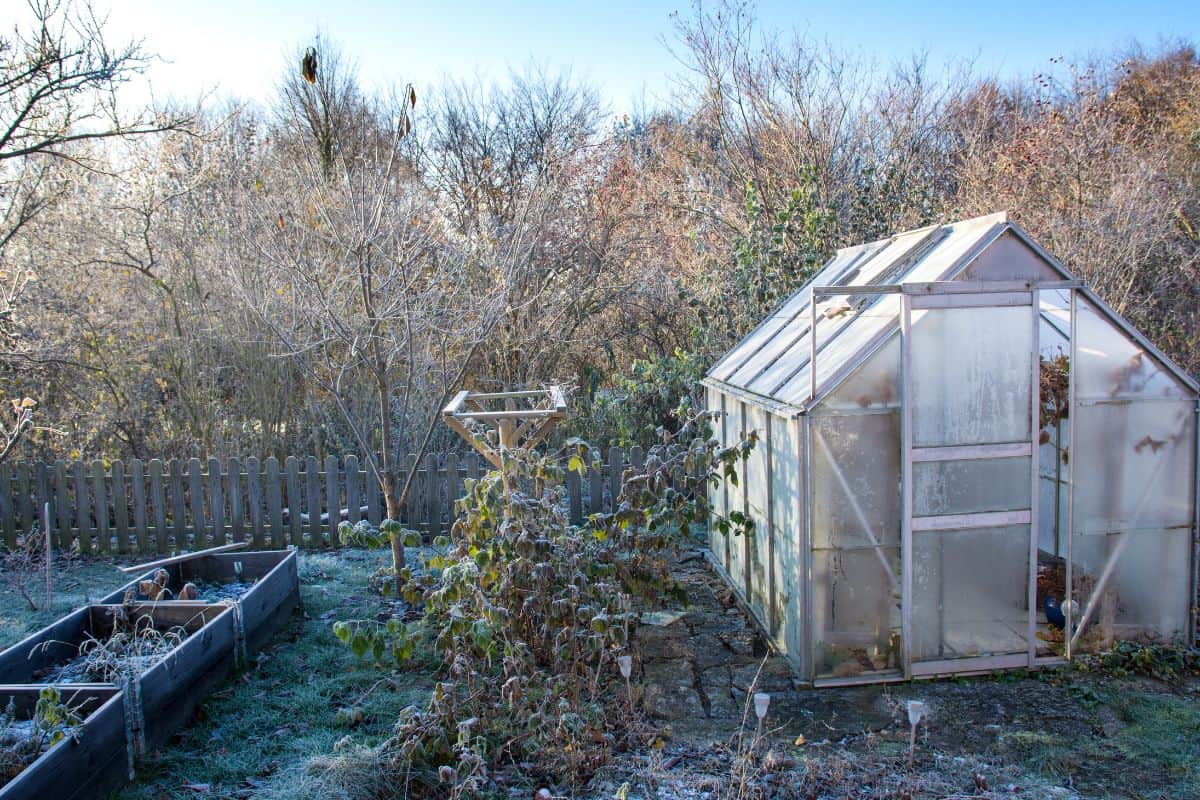
Despite these harsh conditions, you can still grow a variety of plants that are hardy enough to withstand the cold winters and short growing seasons.
By focusing on plants suitable for Zone 3, you're helping to create a sustainable garden that adapts well to the local climate.
This not only conserves resources, such as water and energy, but also promotes biodiversity and provides a habitat for native species.
Challenges and Opportunities
Below we'll discuss some of the pros and cons of gardening in Zone 3.
Challenge: Short Growing Season
In Zone 3, the growing season is typically only about 90 to 120 days long.
This means you need to carefully plan and select plants that can mature and produce within that timeframe.
Some strategies to extend your growing season:
- Start seeds indoors before transplanting outside to give plants a head start.
- Use cold frames, row covers, or greenhouses to protect plants from frost and cold temperatures, allowing them to grow longer into the fall.
Opportunity: a Range of Hardy Plants
Despite the challenges, a variety of hardy plants thrive in cold climates. Some examples include:
- Vegetables: Kale, spinach, carrots, and potatoes are all well suited to Zone 3.
- Perennials: Choose resilient flowers such as lupine, peonies, and delphiniums to add color to your garden.
- Trees and shrubs: Many fruit trees, such as apple and cherry, can be grown in Zone 3, as well as resilient shrubs like dogwood and lilac.

Challenge: Winter Damage
Cold temperatures, heavy snowfall, and ice can cause damage to your plants. To help protect them:
- Use mulch to insulate the ground around your plants, reducing temperature fluctuations and protecting their roots.
- Wrap young trees or delicate shrubs in burlap, tree guards, or other insulation materials to shield them from extreme cold and wind.
- Prune out any damaged or dead branches before the start of the next growing season.
Opportunity: Unique Garden Styles
Your Zone 3 garden can showcase unique garden styles adapted to the climate, such as:
- Rock gardens, featuring cold-hardy plants like sedum and creeping thyme that can withstand harsh conditions.
- Native plant gardens, focusing on species adapted to your region and benefiting local wildlife.
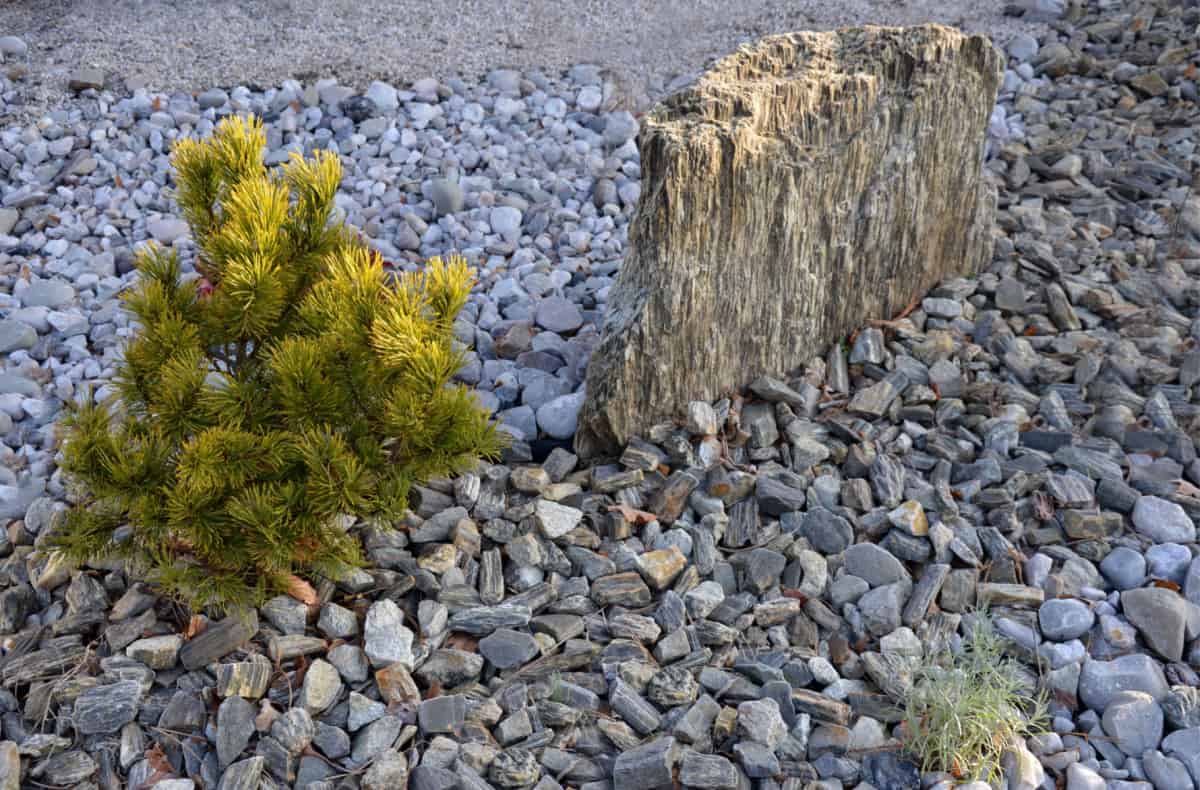
Selecting and Preparing Your Garden Site
Ready to start your garden? Here are the requirements and things to consider.
Location Selection
When starting a cold climate garden in Zone 3, the first major decision is where to put your vegetable garden.
Choose a sunny spot. Most vegetables do best in full sun, with over 8 hours of direct sunlight per day.
If you don't have this much sun, consider sticking with crops that are more likely to tolerate some shade, such as herbs and greens like lettuce and spinach.
Be sure to avoid low-lying areas prone to frost pockets and provide protection from strong winds that can damage plants and cause soil erosion.
Soil Preparation
Start by testing your soil to determine its pH levels and identify any nutrient deficiencies. This will guide you on proper soil amendments to improve its quality.

Good soil preparation is key to maximizing nutrient uptake and providing a solid foundation for your plants.
One way to improve the soil in your cold climate garden is to utilize cover crops, like winter wheat, which can be sown in the fall. This helps to add organic matter back into the soil and protect it from erosion during the winter months.
Remember to remove weeds and plant debris before sowing your cover crop seeds.
Another important step is to add organic matter, like compost or aged manure, to enrich the soil and improve its structure. This will promote healthy root growth and provide essential nutrients for your plants.
Be sure to turn the soil and incorporate the organic matter well before planting.
It's also important to avoid excessive walking and working in the garden when the soil is wet to prevent soil compaction, which can negatively impact plant growth.
Choosing the Right Plants
In this section, we will explore the different types of plants that thrive in your frigid environment, enhancing the beauty and productivity of your garden.
Cold Hardy Annuals
Cold hardy annuals are perfect for adding a pop of color to your Zone 3 garden, even during the chilly months. Here are some options for you:
- Pansies are an excellent choice, as they can withstand frost and bloom throughout the colder seasons.
- Snapdragons can also add a touch of vibrancy to your garden, as they're frost-tolerant and come in various colors.
- Calendula is an attractive, cold-hardy option with bright yellow and orange flowers.

Perennials and Shrubs
Perennials and shrubs can serve as the foundation of your cold climate garden. Look for plants that can withstand the harsh conditions of Zone 3. Some options include:
- Siberian Iris is a robust perennial, featuring stunning purple-blue flowers that can withstand the cold.
- Rhododendrons are a popular choice for cold climate gardens, offering beautiful blooms in various shades of pink, purple, and white.
- Junipers are evergreen shrubs that can provide color and texture all year round, even in frigid conditions.
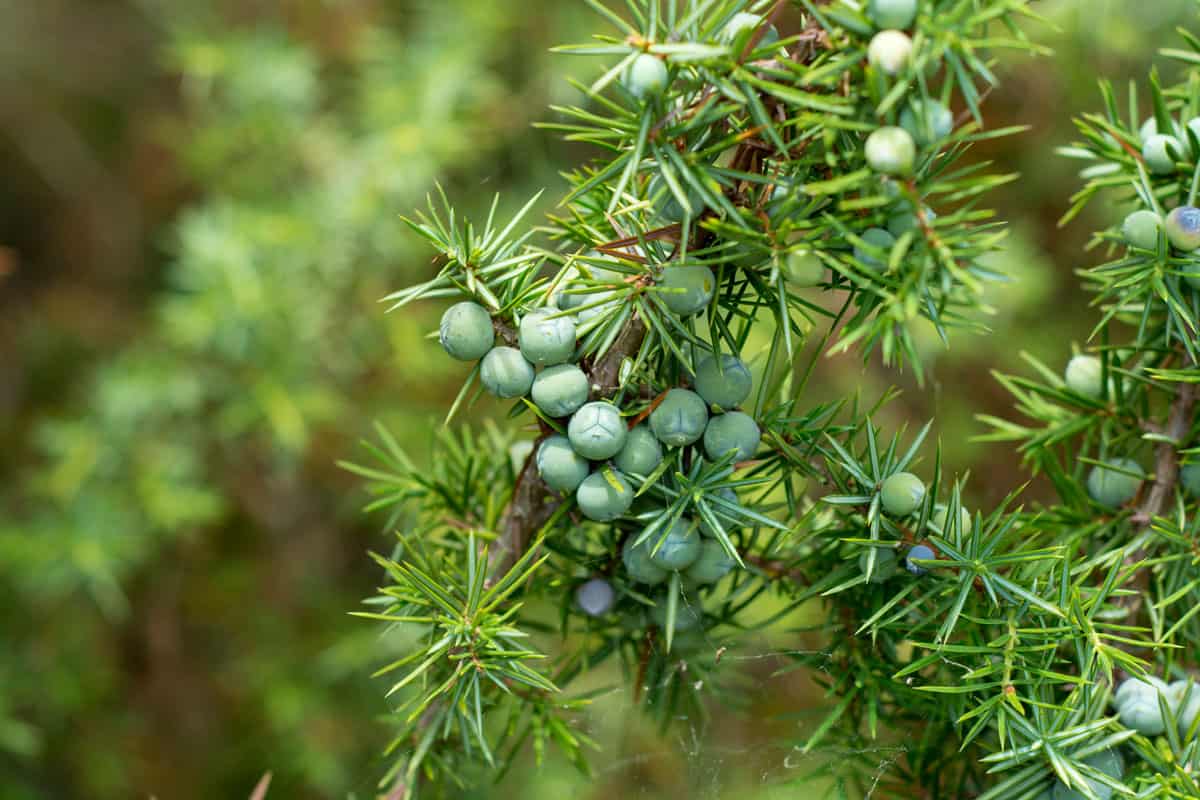
Edible Plants
Growing your food in Zone 3 may seem challenging, but with the right selection of plants, it's possible to cultivate a productive and delicious garden. Consider these options:
- Kale is a cold-hardy green, perfect for salads or soups, and can continue to produce throughout the winter months.
- Brussels Sprouts will thrive in your cold climate garden and provide a nutritious addition to your meals.
- Raspberries are hardy fruits that can withstand lower temperatures and serve as a sweet treat in the summer months.
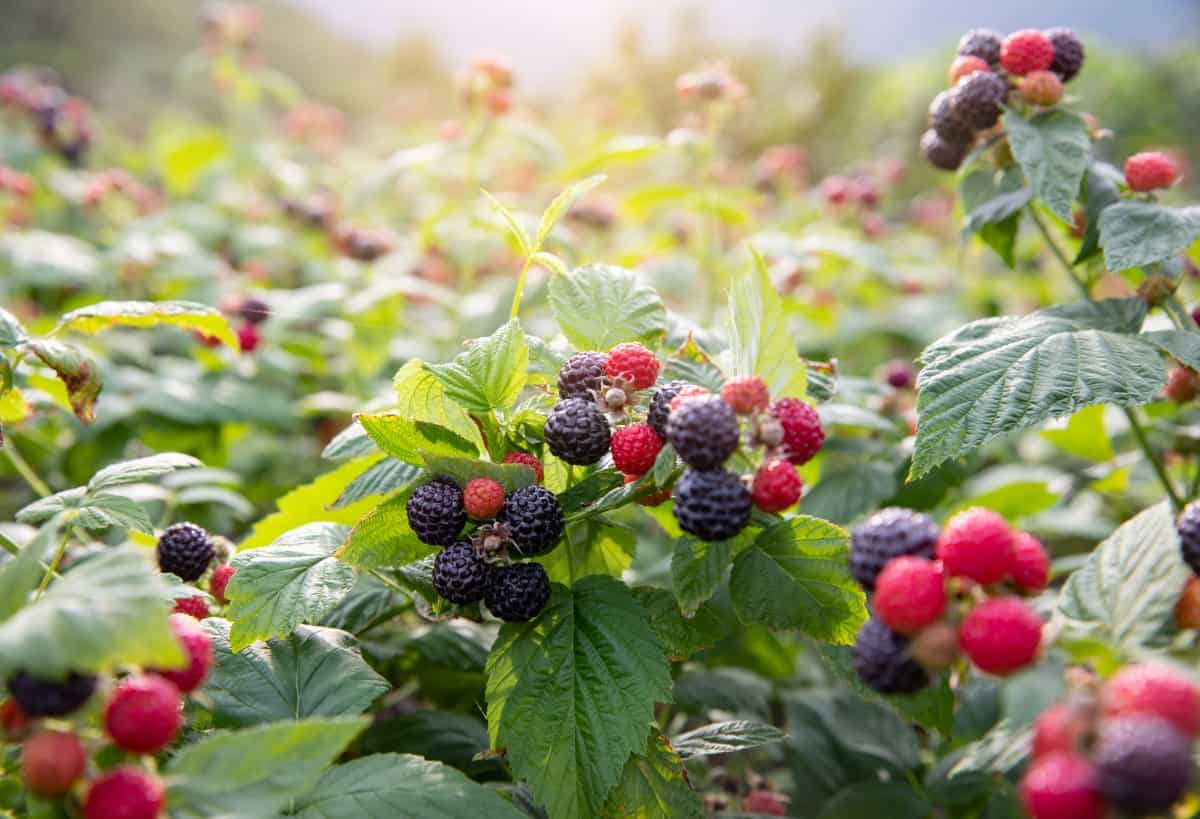
Implementing Season Extenders
Protecting your plants is vital to extend growing seasons. Here are some practical suggestions:
Cold Frames
Cold frames are a versatile and effective way to extend your growing season in Zone 3. These simple, easy-to-make structures capture warmth from the sun and protect your plants from frost and wind.
To get started, find a sunny location for your cold frame, and consider building it with a slight slope to the south for optimal sun exposure.
Regularly open the cold frame on warmer days to prevent overheating, and close it at night for insulation.
Mulching
Mulching is a popular method for protecting your plants from the harsh climate in Zone 3. It helps insulate the soil, preserving moisture and keeping the roots warm.
To get the most out of mulching, choose organic materials like straw or leaves that can break down over time and enrich the soil.
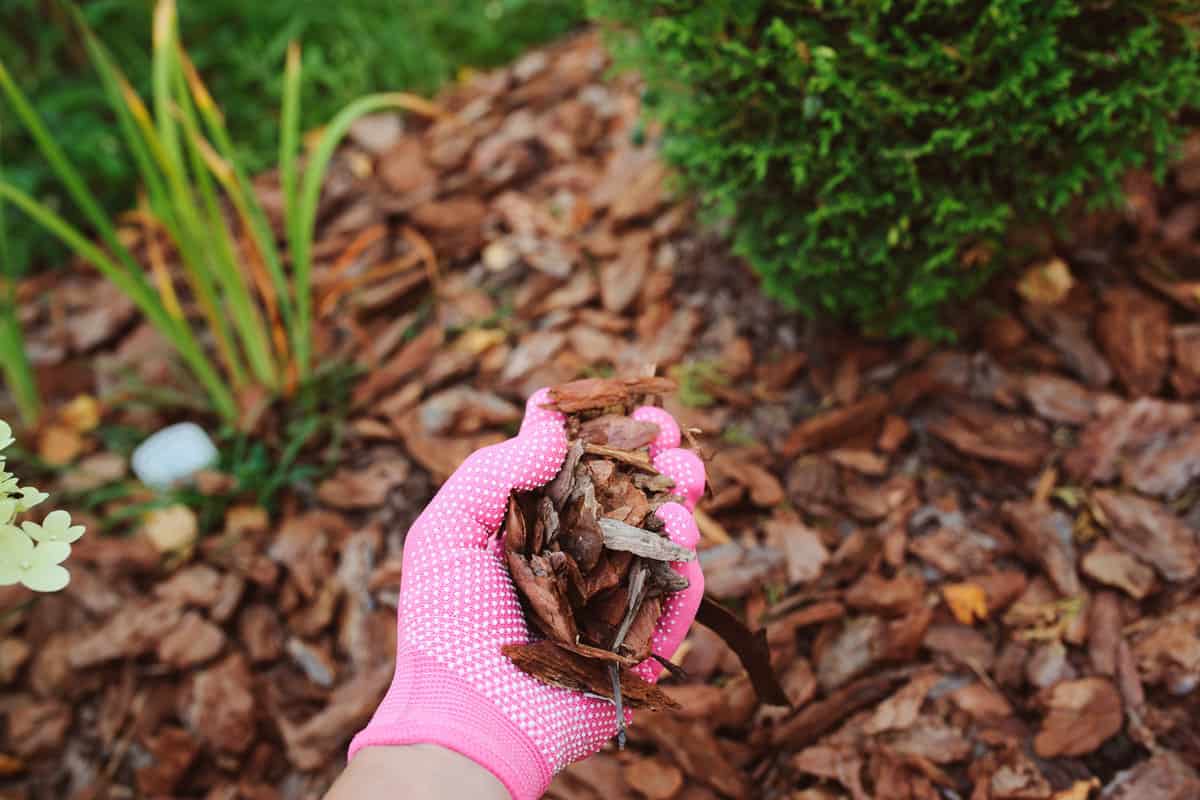
Applying 2-4 inches of mulch around your plants will act as a protective barrier, helping regulate soil temperature and moisture throughout the season.
Remember to leave a small gap around the base of each plant to prevent rot and disease.
Row Covers
Row covers are another effective season extender, providing frost protection and pest control. These lightweight fabric covers can be easily draped over your plants during colder weather.
For added support, use hoops or wire frames to keep the covers from directly touching the plants.
Row covers are simple to install and can be easily removed on warmer days to allow air circulation and sunlight to reach your plants.
Using row covers can give your plants the extra boost they need to thrive in a cold climate like Zone 3.
Winterizing Your Zone 3 Garden
As you prepare for winter, choose plants that are hardy enough to survive the coldest average winter temperatures in your growing zone.
For example, native plants are often better adapted to withstand the harsh conditions.
To safeguard your plants, consider wrapping them with burlap or chicken wire and filling the enclosure with leaves.
This helps insulate and protect them from freezing temperatures and harsh winds. Don't forget to remove winter protection once all danger of frost has passed in spring.
For roses, winterizing is particularly important, as they may need extra protection depending on their type and location in your garden.
Storing and Propagating Perennials
When cold temperatures arrive, it is necessary to dig up and store tender perennials, like dahlias or cannas, in order to ensure their survival.
Follow these steps to prepare your perennials for winter storage:
- Carefully dig them up: Use a spade to loosen the soil around the root ball, taking care not to damage the roots.
- Trim foliage: Cut back any remaining foliage to about 4-6 inches above the root ball.
- Air dry: Place the root ball in a cool, dry, and well-ventilated area to air dry for a few days.
- Store it: Wrap the root ball in newspaper or place it in a cardboard box filled with peat moss, sawdust, or vermiculite. Store it in a cool, dark place, like a basement or garage, where temperatures stay between 35-45°F.
As for propagating perennials, winter is the perfect time to plant seeds and cuttings from plants such as lavender, rosemary, or salvia.
Keep them in a warm, bright spot indoors until they've rooted and are ready to be transplanted outdoors in spring.
Proper Timing is Key to Maximize the Growing Season
As you gain experience with plants that thrive in these colder environments, you'll be able to experiment with different varieties and develop a diverse, resilient garden.
Planting at the right time and using techniques such as cold frames or greenhouses can extend the growing season and help your plants survive harsh winter conditions.
Keep learning, adapting, and investing in your garden, and you will see the fruits of your labor in beautifully designed landscapes and bountiful harvests.
Happy gardening in Zone 3!
For more gardening tips on this zone, check out these other articles:
18 Optimal Trees for USDA Zone 3
Corn, Beans, Squash: The Art of Three Sisters Gardening (Zones 3-10)
